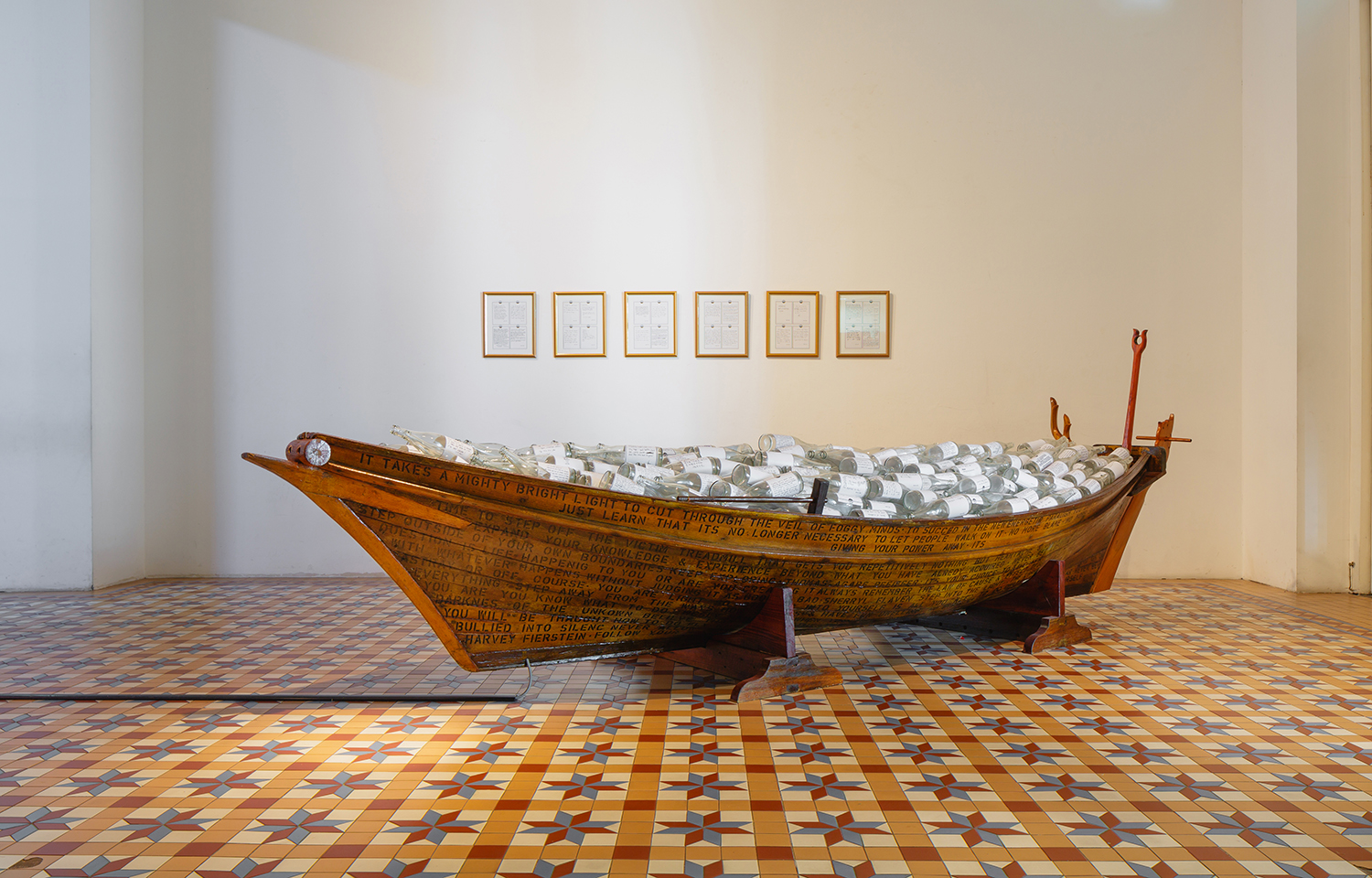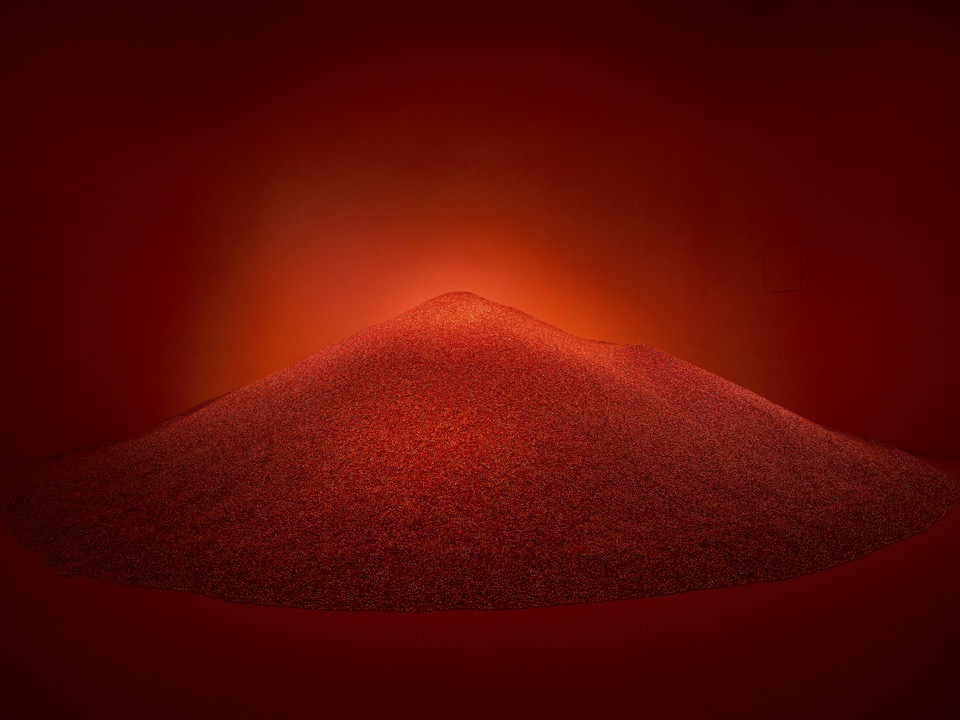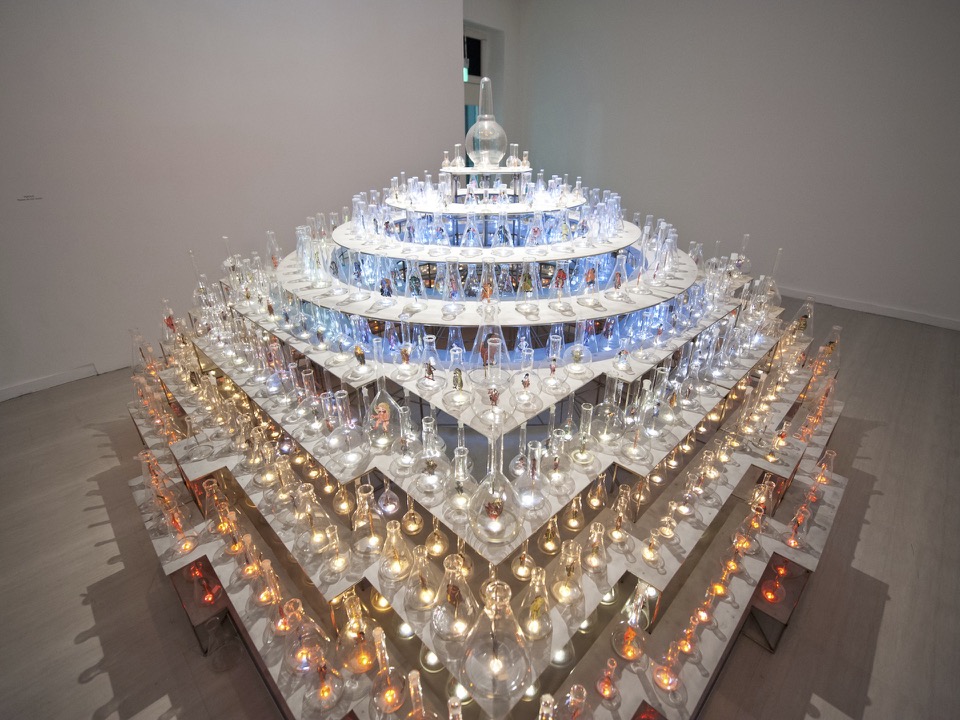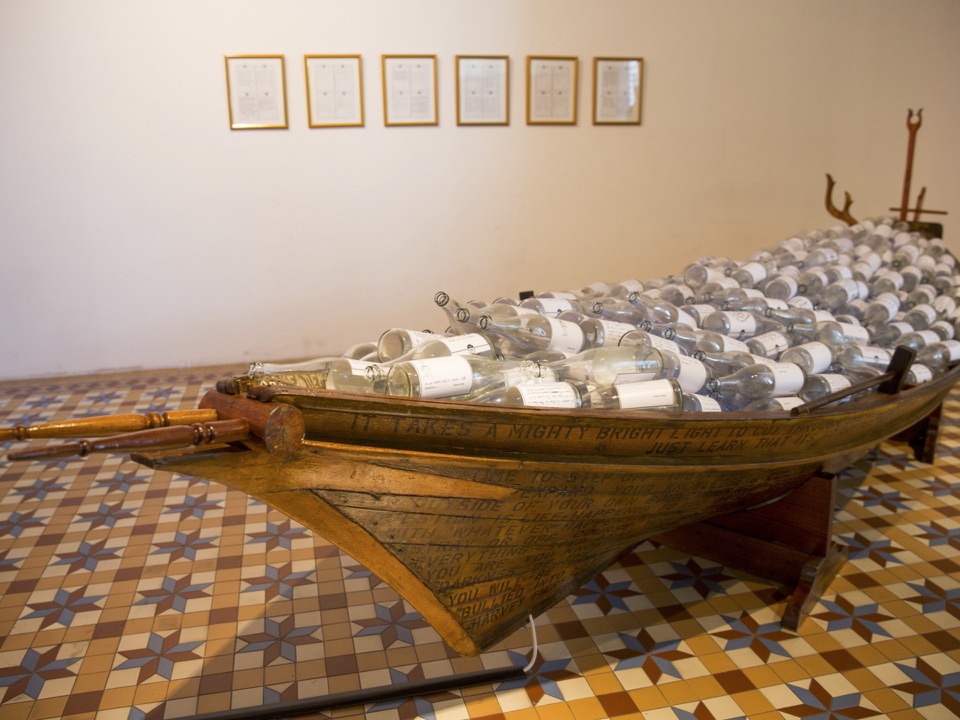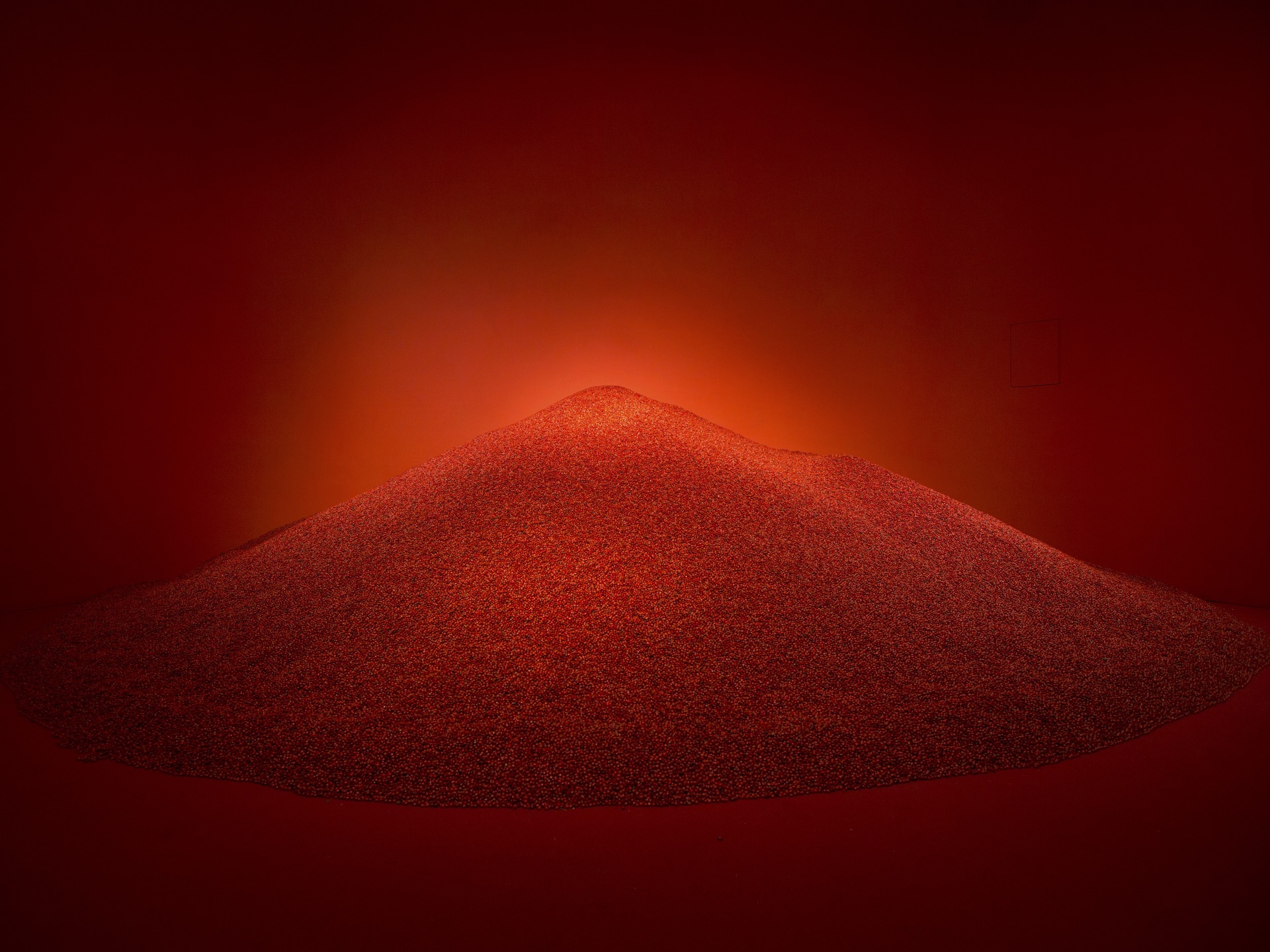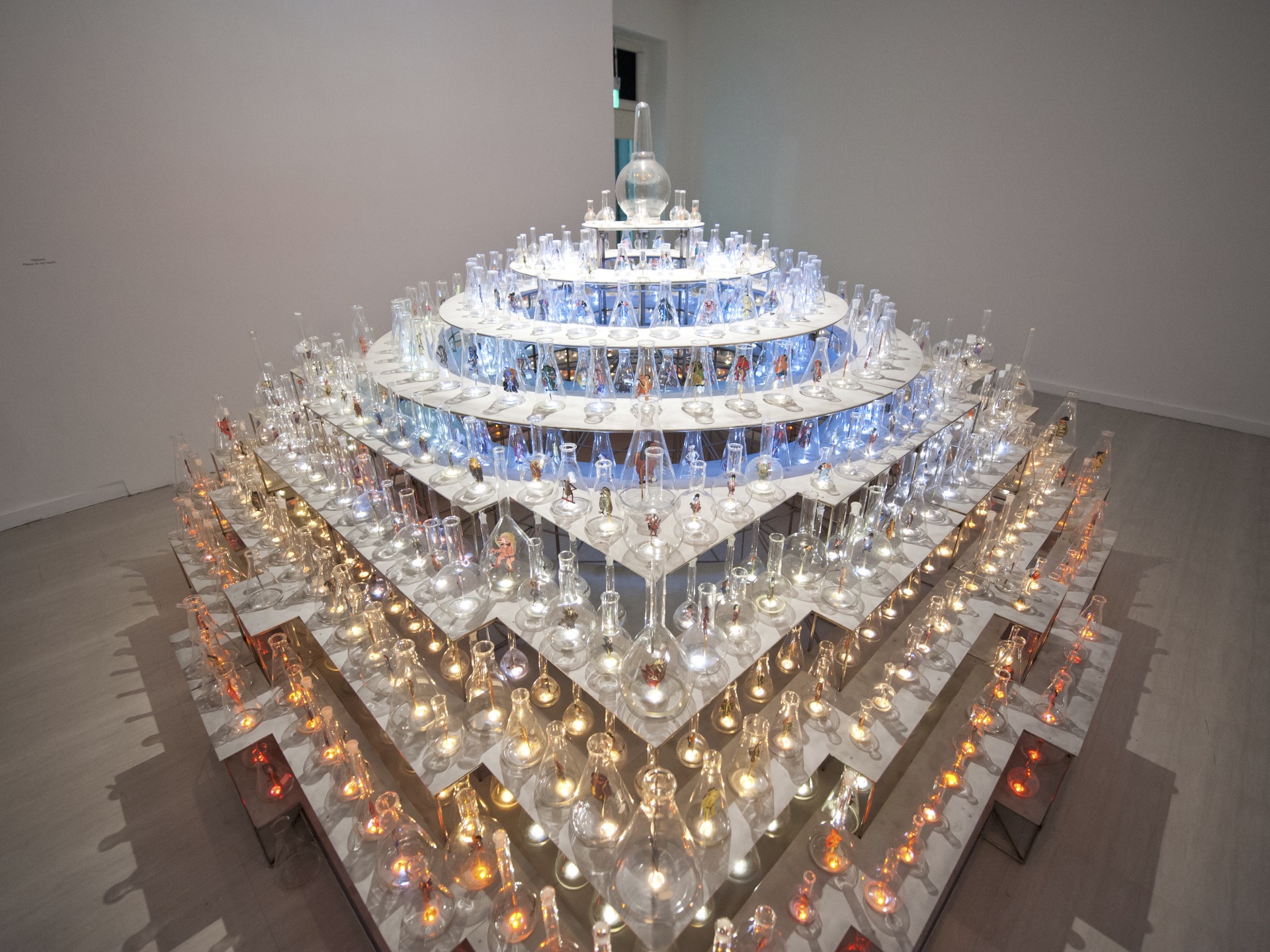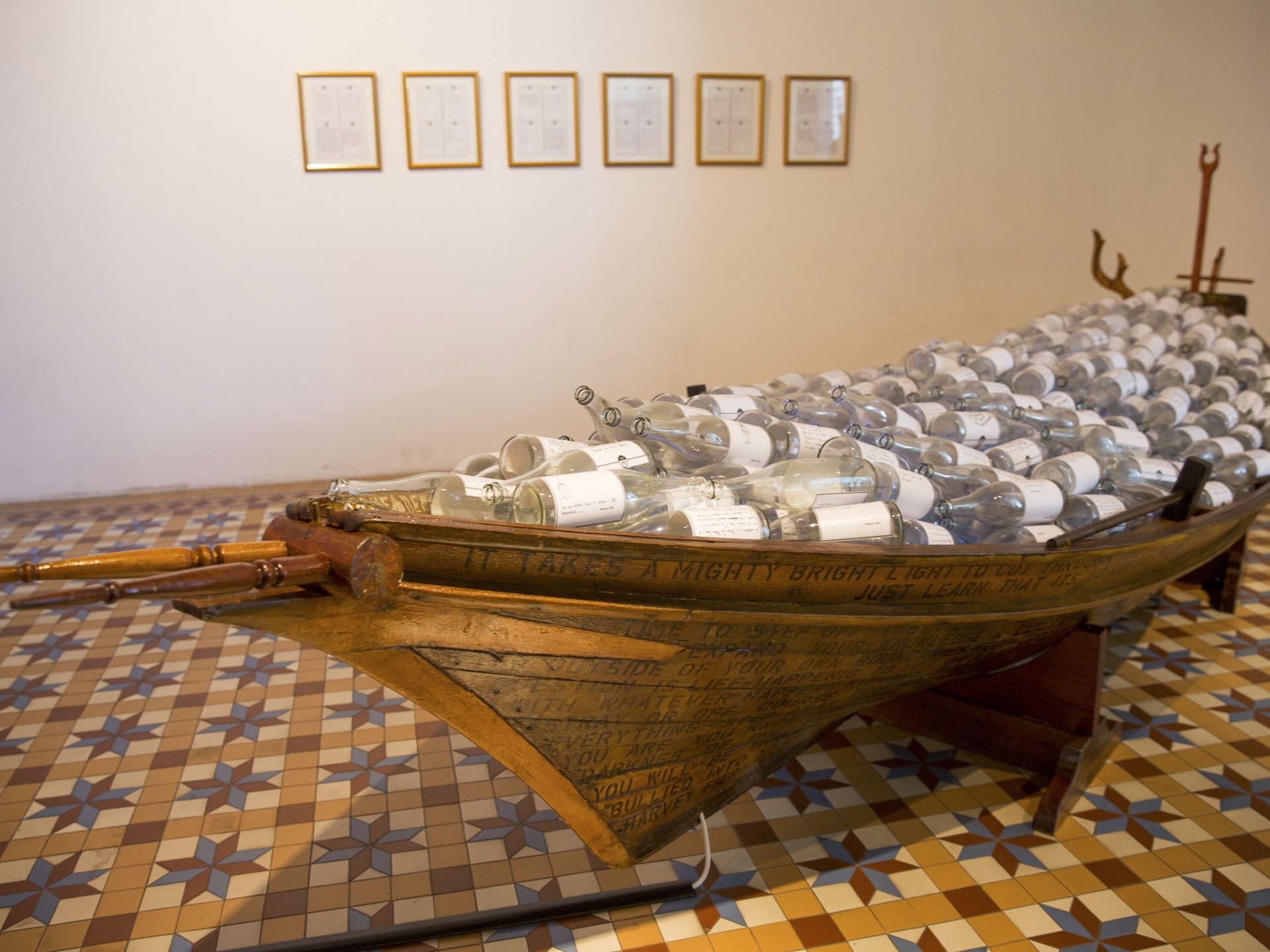Multiple Venues
Singapore Biennale 2013: If the World Changed
The rich cultures and geographies of the Southeast Asian region have historically been the corridor of the world's major civilisations. The ebb and flow of these complex cultural interactions have yielded responses of accommodation and resistance, leaving legacies of layering and sedimentation within the varied communities. Titled If the World Changed, the fourth Singapore Biennale is an invitation to artists to respond to and reconsider the worlds we live in, and the worlds we want to live in.
Singapore Biennale 2013 (SB2013) features the works of 82 artists and artist collectives from the region and beyond, with a 27-member curatorial team. The focus of SB2013 also goes beyond the major metropolitan centres to present a greater diversity of artistic practices that reference urgent and key issues in our contemporary world.
Singapore Biennale 2013 is organised by the Singapore Art Museum and supported by the Ministry of Culture, Community and Youth, National Arts Council and National Heritage Board in Singapore.
Ahmad Abu Bakar, Irwan Ahmett & Tita Salina, Jainal Amambing, Ang Sookoon, AX(iS) Art Project, Zcongklod Bangyikhan, Boo Junfeng, Sharon Chin, Chris Chong Chan Fui, Kiri Dalena, Marisa Darasavath, Leslie de Chavez, Guo Yixiu, Iswanto Hartono & Raqs Media Collective, Adrian Ho, Dusadee Huntrakul, Joo Choon Lin, Toni Kanwa, Khvay Samnang, KOMVNI, Lai Chee Kien, Erica Lai, Lam Hieu Thuan, Urich Lau, Le Brothers, Sean Lee, Lee Wen, Kamin Lertchaiprasert, Liao Jiekai, Hazel Lim, Lim Shing Ee & Kazunori Takeishi, Nikki Luna, Manny Montelibano, Moon Kyungwon & Jeon Joonho, Kumari Nahappan, Nasirun, Ng Joon Kiat, Krit Ngamsom Nge Lay, Nguyen Hoai Tho, Nguyen Huy An, Nguyen Trinh Thi, UuDam Tran Nguyen, Oanh Phi Phi, Nipan Oranniwesna, Anon Pairot, Bounpaul Phothyzan, Po Po Poodien, Eko Prawoto, Anggun Priambodo, François Roche, Rosid, Sai Hua Kuan, Albert Samreth, Tisna Sanjaya, Svay Sareth, Angie Seah, Jeremy Sharma, Shieko Reto, Patama Roonrakwit, Siete Pesos, Leroy Sofyan, Shirley Soh, Speak Cryptic, Prateep Suthathongthai, Samart Suwannarat, Talaandig Artists, Grace Tan, Royston Tan, Tan Wei Kheng, Boonsri Tangtrongsin, Tay Bee Aye, teamLab, Chi Too Tran Nam, Tran Tuan, Nopchai Ungkavatanapong, Suzann Victor, Oscar Villamiel, Vu Hong Ninh, Ken + Julia Yonetani, Mahardika Yudha, Zulkifli Yusoff, Robert Zhao Renhui, ZNC
highlights
2013
saga seeds, sound
Compromising more than 4,000 kg of saga seeds collected from across Southeast Asia, Anahata is a site-specific installation located in the heart of the Singapore Art Museum. In Hindu cosmology, the word refers to the fourth and 'heart' chakra, meaning "unstruck" or "unhurt". The idea of change is expressed here not as an active force or physical manifestation, but rather as sheer potential energy embodied in the seed, which holds the life-force of an entire tree in its tiny kernel. The world recalls the history of the site as a former Catholic boys' school, a place where knowledge and learning were planted. Pulsing with energy of thousands of seeds, Anahata intimates that the greatest power is that of pure possibility.
2013
installation with leather puppets in glass bottles
Nasirun has placed a cast of imaginary characters - represented by wayang puppets—inside glass bottles and beakers, and lit them to mimic the effect of television, which the artist sees as, essentially, a glass box filled with light across which a myriad of mythical characters enact their roles. Although television is associated with contemporary popular culture, its function is not far removed from traditional wayang performances, which also provided entertainment for the masses. At the same time, Nasirun's puppets recall specimens that have been preserved for study or for posterity. This suggests that like wayang theatre, these figures and the ancient myths that they are associated with, are now regarded as relics. Yet their unmistakable vitality, as they dance across the surfaces, is also a refutation of this fate.
2013
installation with paint, varnish, glass bottles, decals, traditional wooden boat
This work features a kolek Melaka (traditional fisherman's boat from Melaka) filled with a thousand glass bottles inscribed with messages from male prison inmates in Singapore. These messages describe the inmates' hopes and aspirations while serving their sentences and upon their release. Ahmad's work amplifies and connects the inmates' aspirations to the public with the kolek, a vessel which is rarely seen today and a reminder of the artist's ethnic roots. Ahmad is a Malaysian citizen, although he grew up and lives in Singapore, and a major thread in his practice addresses questions of land, identity and faith. The title Telok Blangah references the area where Malay royalty used to live in colonial Singapore, as well as the neckline pattern for the baju kurung (traditional Malay men's attire).

